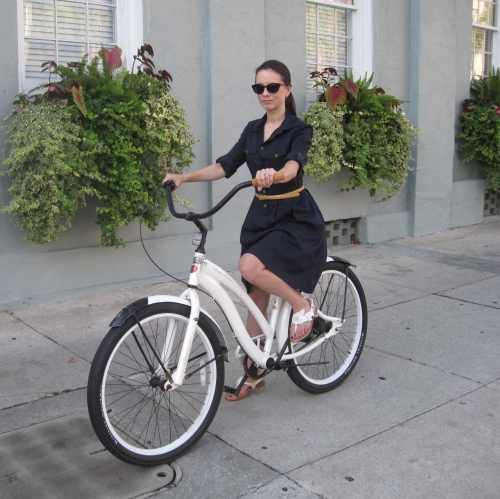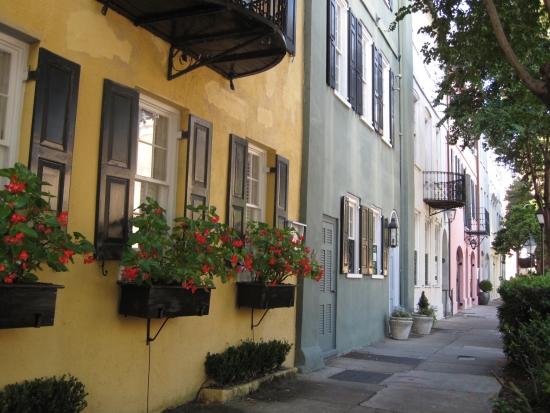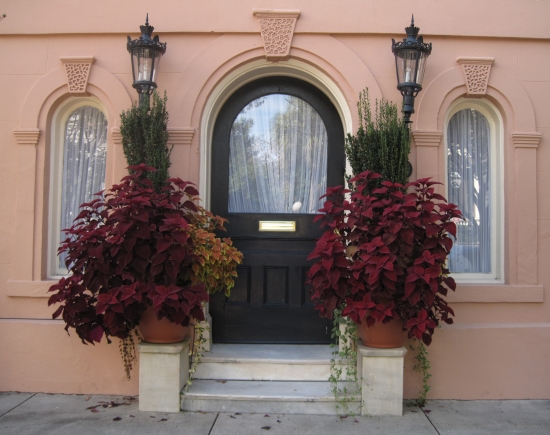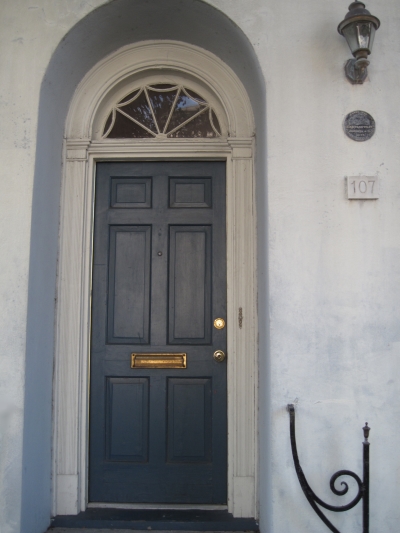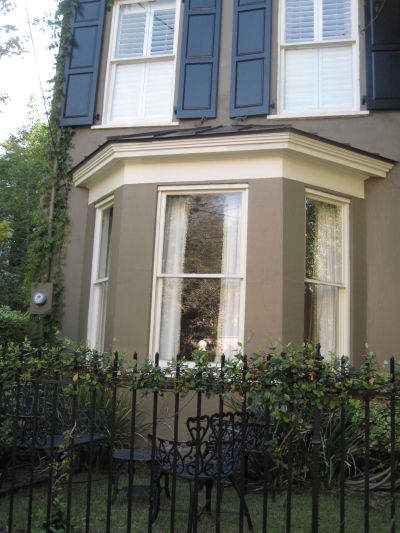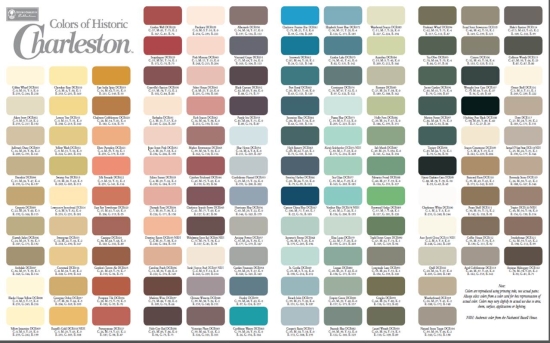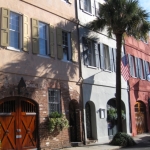 Certain cities have a distinctive color palette all their own, and Charleston, SC is one of those places. My husband and I enjoyed a child-free mini-break in Charleston this past weekend, and I fell in love with the pastel palette of this southern city. Our hotel had a fleet of bicycles available to borrow, so early Sunday morning we set out on a leisurely ride to explore the quaint old streets and gracious historic mansions. Along the way I stopped to photograph the highlights of our colorful tour.
Certain cities have a distinctive color palette all their own, and Charleston, SC is one of those places. My husband and I enjoyed a child-free mini-break in Charleston this past weekend, and I fell in love with the pastel palette of this southern city. Our hotel had a fleet of bicycles available to borrow, so early Sunday morning we set out on a leisurely ride to explore the quaint old streets and gracious historic mansions. Along the way I stopped to photograph the highlights of our colorful tour.
Many of Charleston’s older structures have plaster exteriors, and they were painted in a rainbow of happy pastel hues that were influenced by the areas’ trading history with the Caribbean. Even the most saturated of the colors has a soft, milk-paint effect that underscores the age of the architecture. Subtle color gradations across the plaster give the surfaces a painterly depth under the bright sun.
Peaches, pinks, and corals were especially popular for the historic buildings of Charleston. This is where you definitely see the Caribbean influence in the color.
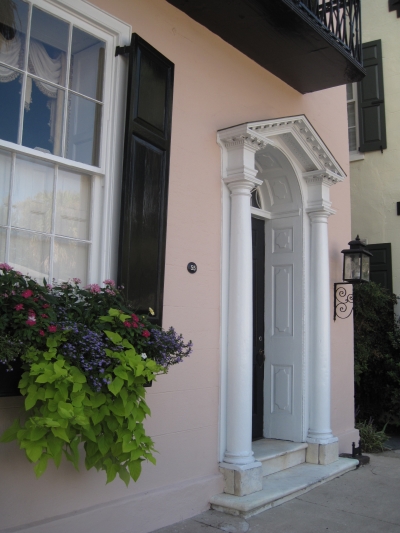
This palest pink reminds me of a dogwood tree in bloom. It’s so pretty against the crisp white doorway.
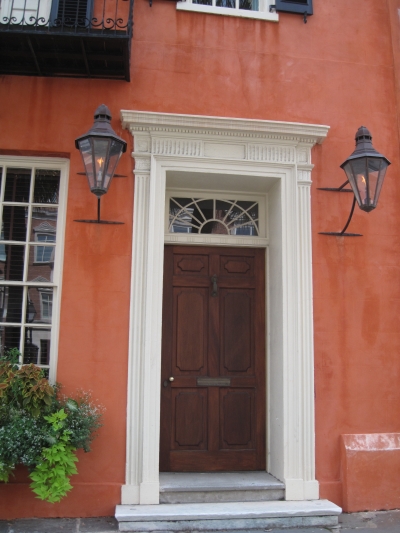
This bright terra cotta building is my favorite. The color looks great against the black iron gas lamps and bright green plantings in the window box.
Greens, blues and more muted neutrals provide a welcome contrast to all of those rosy hues:
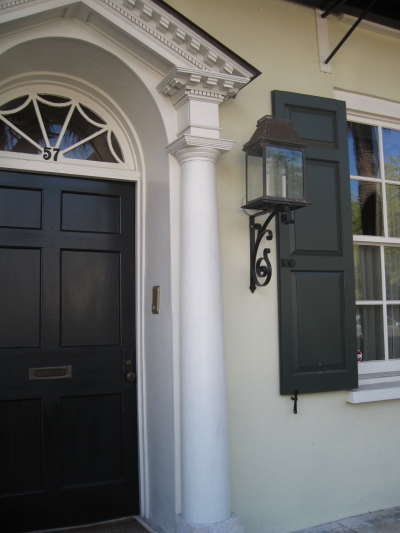
I saw this very pale spring green used for house exteriors and as an interior wall color in several places we visited in Charleston. It pairs up nicely with the blackened-green seen on the shutters here, also known as “Charleston green”.

This pale grey with a hint of green is a lovely neutral. We visited a French cafe in Charleston where the interior was painted this same color. It’s especially nice contrasted with warm wood tones like cherry or mahogany.
So many of the colors I saw on the buildings in Charleston would work just as well on the interior. I’m inspired for my next interior painting project! If you love the colors you see here, there is a collection of historical-society approved paint colors available through Duron/Sherwin Williams. The paint comes in more than 100 shades replicated from historic preservation work and documents that trace the use of bright and pastel hues in Charleston.

